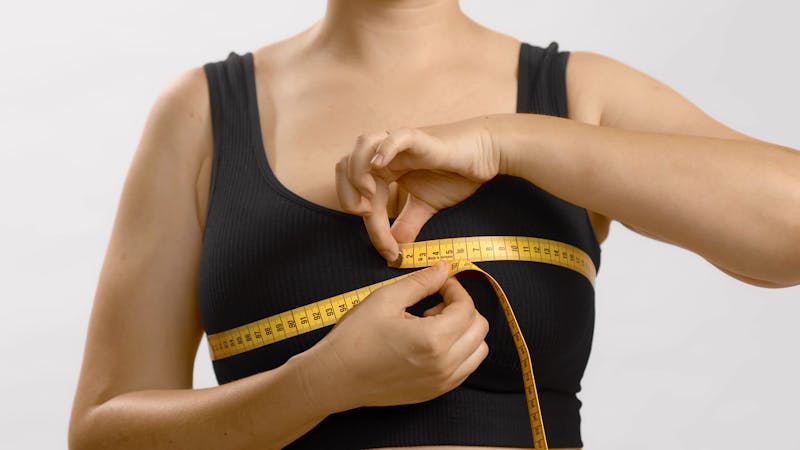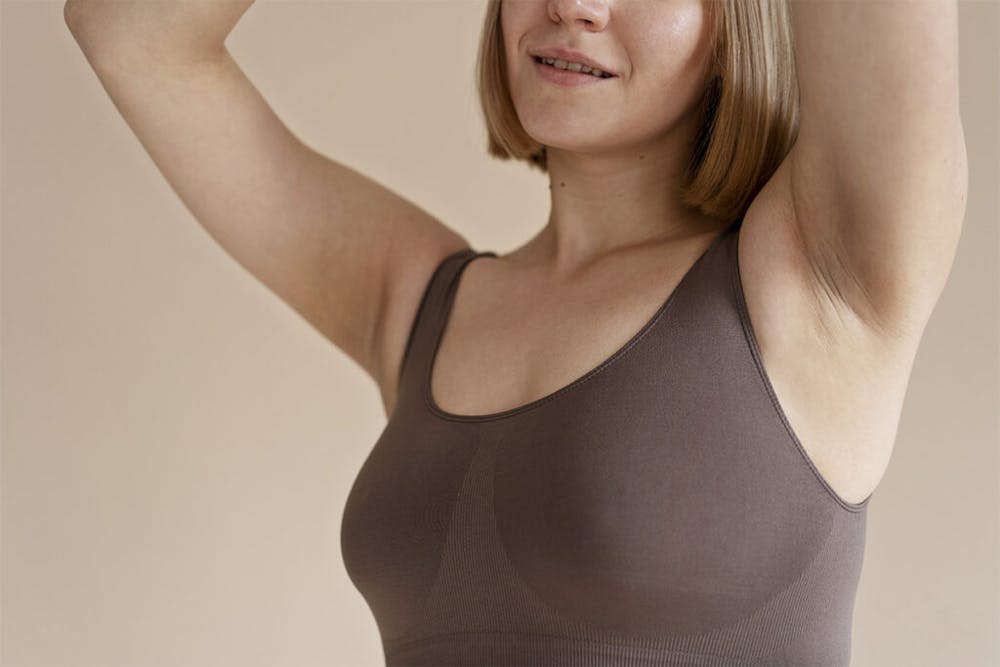
Breast reduction surgery can be a life-changing experience, offering relief from neck discomfort, back pain, and other issues associated with larger breast size. But what comes after the surgery? What is the timeline for the breast reduction recovery process? What should be in your breast reduction recovery kit? This comprehensive guide aims to answer all these questions and more, helping you make an informed decision and prepare for a smooth recovery.
What to Expect Immediately After Surgery?
The First 24 Hours
The first day after breast reduction is crucial. You’ll likely be on pain medication to manage discomfort. It’s essential to have someone assist you with daily activities, as your range of motion will be limited.
Days 2-3: Initial Recovery Period
During this time, you’ll continue to take prescribed medications and wear a compression garment or compression bra to support the healing process. You’ll start to regain some mobility but avoid any strenuous activities.
Week 1: The Crucial Phase
Physical Activity Limitations
The first week following your breast reduction surgery is a critical period for recovery. During this time, it’s essential to prioritize rest and avoid any strenuous activities. While heavy lifting and vigorous exercise are strictly off-limits, engaging in light walking can be beneficial. Gentle movement like this not only improves blood circulation but also aids in preventing the formation of blood clots, which can be a risk during this stage of recovery.
Diet and Medication
Nutrition plays a significant role in your recovery. Eating a balanced diet rich in vitamins and minerals can speed up the healing process. It’s crucial to adhere to your medication schedule as prescribed by your doctor. Pain medication and antibiotics are often part of the regimen. Additionally, it’s advisable to keep your salt intake to a minimum. Lowering salt consumption can help in reducing swelling, which is common after breast reduction surgery.
Week 2: Signs of Progress
Follow-Up Appointments
As you approach the end of the second-week post-surgery, you’ll typically have one or more follow-up appointments. These check-ups allow your healthcare provider to assess the healing process, examine the shape of your breasts, and remove any stitches. These appointments are vital milestones in your recovery timeline.
Resuming Normal Activities
Around this time, you may start to feel more like yourself and may be eager to resume your normal routine. However, caution is still advised. While you can gradually reintroduce some daily activities, heavy lifting, and strenuous exercise should continue to be avoided to prevent any complications.

Week 3-4: Getting Back to Routine
Daily Tasks and Work
By the third and fourth weeks, many patients find they can return to work, especially if their job is not physically demanding. While you’ll likely be able to handle daily tasks with increased ease, it’s crucial to listen to your body. Overexerting yourself can set back your recovery, so proceed with caution.
Active Lifestyles
For those who lead active lifestyles, this period may allow for the reintroduction of light exercise. However, it’s imperative to consult your doctor for personalized advice before resuming your preoperative exercise routine.
What’s in a Breast Reduction Recovery Kit?
Essential Items
A well-thought-out breast reduction recovery kit is indispensable for a smooth recovery process. The first essential item is a compression bra, specifically designed to provide the necessary support to the healing breast tissue. This bra not only helps in reducing swelling but also aids in proper blood circulation, which is crucial for the healing process.
Ice packs are another must-have. They are excellent for managing pain and reducing inflammation. It’s advisable to have multiple packs so you can rotate them out, ensuring that you always have a cold one at hand. Comfortable clothing, preferably button-down shirts or tops that don’t require lifting your arms, is also recommended. Easy-to-wear clothing minimizes the risk of complications by reducing the need for sudden or strenuous movements.
Optional Add-ons
Beyond the essentials, some breast reduction recovery kits offer optional add-ons that can make the recovery period even more comfortable. Scar creams are one such item. These creams contain ingredients that promote skin healing and can be effective in reducing the appearance of breast-reduction scars.
Another useful add-on could be a skin-tightening lotion. After the removal of excess breast tissue and skin, some patients find that their skin needs help retracting. A lotion designed for this can aid in the process. Additionally, some kits may include specialized pillows that provide extra support and comfort while sleeping, further aiding in a smooth recovery.
By understanding what to include in your breast reduction recovery kit, you’re taking an important step in ensuring a more comfortable and efficient healing process. These kits are often customizable, allowing you to tailor the contents to your specific needs and preferences.
Weeks 5-6: Nearing Full Recovery
Physical Exercise
By the fifth and sixth weeks, you’ll likely have more freedom to engage in strenuous activities. However, it’s essential to get clearance from your healthcare provider before diving back into your regular exercise regimen.
Cosmetic Procedures
If you’re contemplating additional cosmetic procedures, it’s advisable to wait until you’re fully recovered from your breast reduction surgery to minimize the risk of complications.
Weeks 7-8: Almost There

Scar Formation and Care
Scar formation is a natural and expected part of the healing process. Utilizing scar creams and following your doctor’s advice can significantly minimize their appearance and improve the texture of the skin around the surgical area.
Residual Swelling
Even as you approach the two-month mark after your breast reduction, some residual swelling may linger. It’s important to continue wearing your compression garment as advised by your healthcare provider to aid in the final stages of recovery.
Beyond Week 8: Long-Term Care
Breast Size and Shape
As you move beyond the immediate postoperative period, your breast size and shape will continue to settle. Regular follow-up appointments are essential for monitoring your progress and making any necessary adjustments.
Lifestyle Changes
To maintain the positive results of your breast reduction procedure, it’s crucial to sustain a healthy diet and engage in regular physical activity. This not only helps in preserving your new breast size but also contributes to overall well-being.
Why Choose Dr. Panossian?
Dr. Panossian is a leading expert in breast reduction surgery and has helped countless patients through their recovery journey. With state-of-the-art surgical procedures and a patient-centric approach, you’re in capable hands.
Ready to Take the Next Step?
Breast reduction surgery can significantly improve your quality of life. Understanding the breast reduction recovery timeline, what to include in your recovery kit, and how to manage each week of recovery can make the process less daunting. If you’re considering this life-changing procedure, schedule an appointment with Dr. Panossian to discuss your options and prepare for a successful recovery journey.


